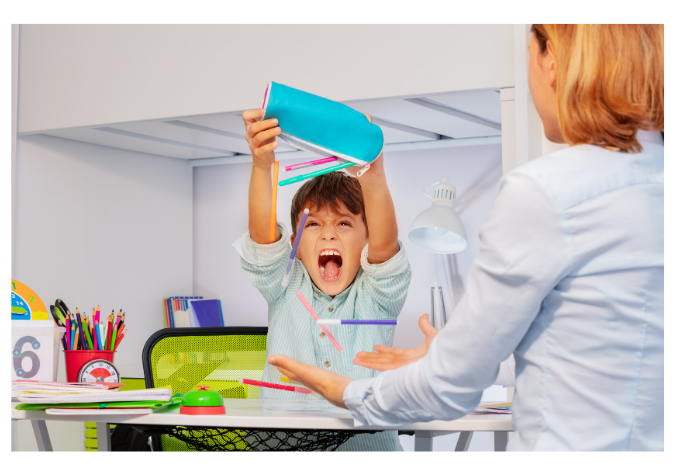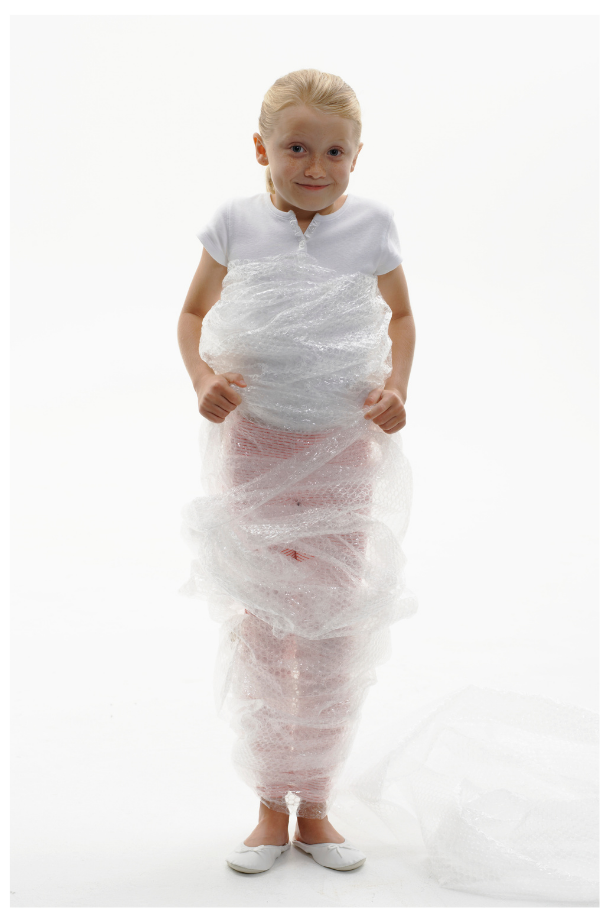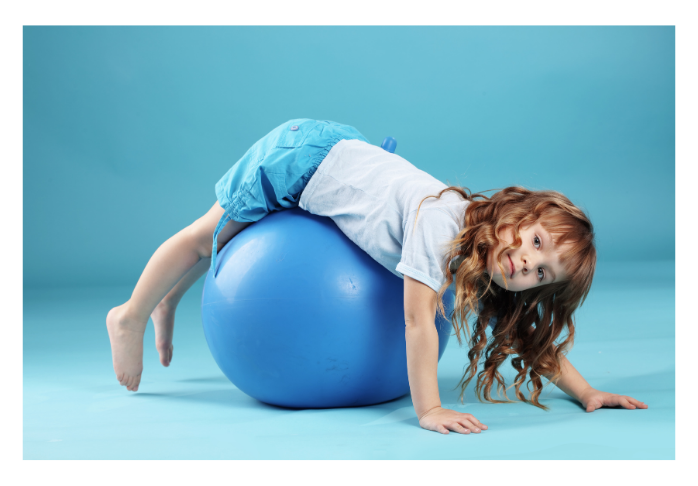Why Some Kids Slam Things (and How to Redirect Sensory-Seeking Behavior Without the Chaos)
- Kristin Schleicher
- Feb 27
- 4 min read
Updated: Feb 28
If your child is constantly slamming doors, throwing toys onto the floor, or making loud, crashing sounds for no apparent reason, you might feel like you’re living in a construction zone.
"Why do you have to drop EVERYTHING so loudly?""Can you please STOP banging on the table?""Why are you so rough with your toys?"
Sound familiar?
For some kids, especially those with ADHD, sensory processing differences, or autism, slamming isn’t just random—it’s a sensory-seeking behavior. Their brains crave the deep pressure, vibration, and sound that comes from impact.
The good news? We don’t need to stop them—we just need to redirect them.
At The Happy Core, we teach kids how to meet their sensory needs while gaining self-regulation skills.
Here’s how we do it.

Why Some Kids Slam Things (It’s Not Just to Be Loud!)
Slamming, banging, and crashing behaviors often fall under proprioceptive and auditory sensory-seeking.
🔹 Proprioception – The body’s ability to sense where it is in space. Some kids crave deep impact to feel “grounded” in their bodies.
🔹 Auditory Feedback – The sound of objects slamming or banging gives the brain an instant, satisfying response.
🔹 Impulse Control Struggles – For kids with ADHD, fast movements feel good, and the pause before dropping or slamming just doesn’t happen as easily.
🔹 Emotional Release – Sometimes, kids slam as an outlet for frustration, even when they don’t look upset.
So instead of just saying, “Stop that!”—let’s find ways to meet their sensory needs in a positive way.
How We Redirect Slamming at The Happy Core
The key isn’t stopping the behavior but giving it structure. Here are some ways we channel that need for impact and sound into positive, calming alternatives.
Give Them “Safe Slamming” Activities
If slamming is something their body needs, let’s offer them a way to do it safely.
✔ Cushion Stack Slams – Instead of the floor, let them throw objects into a pile of pillows (still satisfying, but quieter).
✔ Slam Ball Exercises – A soft, weighted ball they can throw against the ground or wall for that deep-pressure release.
✔ Bubble Wrap Stomping – Give them a big sheet of bubble wrap and let them pop it with their feet or hands.
✔ Whack-a-Mole Style Play – Soft hammers or hand-drumming games let them get impact in a controlled way.
✔ DIY Drum Set – Pots, containers, or toy drums allow them to explore force and rhythm without destruction.
Why it works: Instead of suppressing the need, we’re redirecting it into safe, satisfying alternatives.

Encourage Sensory Sound Play
Some kids slam things for the sound. Instead of telling them to stop, let’s help them explore different types of sound play.
✔ Sound Matching Games – Give them objects made of different materials (wood, plastic, metal) and let them drop them on purpose to explore how they sound.
✔ Outdoor Echo Fun – Let them clap, stomp, or shout outside and listen to how sound bounces off different surfaces.
✔ DIY Water Xylophone – Fill glasses with different water levels and let them tap to create sounds.
✔ Sensory Stomp Mat – A mat filled with beads, bells, or crinkly paper that makes noise when stepped on.
Why it works: Instead of shutting down their interest in sound, we’re giving them ways to explore it productively.
Meet Their Deep-Pressure Needs With “Heavy Work”
Sometimes, kids slam things because their bodies need big movements. Try offering structured activities that provide resistance and impact.
✔ Crash Pad Play – Running and jumping into a big pile of pillows or a crash pad gives deep-pressure feedback.
✔ Wall Pushes & Clapping Games – Pressing against a wall, high-fives, or hand-clapping games provide proprioceptive input.
✔ Kneading Dough or Clay – Gives deep pressure to the hands without the noise.
Why it works: Heavy work helps regulate their nervous system so they feel more in control of their body.

Teach Emotional Awareness (If Slamming is Linked to Frustration)
For some kids, slamming is an emotional outlet. They may not look angry, but their body is saying, “I need to release something!”
At The Happy Core, we teach:
✔ “Big Feelings” Zones – A special area where they can slam a soft object into a safe space.
✔ Tapping (EFT) – Helps them release frustration without physical outbursts.
✔ Breathing Techniques – Instead of slamming, they learn “volcano breaths” to push out frustration.
✔ Choice-Based Alternatives – Instead of saying “Stop!”, we ask: “Do you want to stomp your feet or squeeze your hands?”
Why it works: When kids understand their emotions, they choose how to release them before it turns into chaos.

Use Hypnosis or Social Stories for Awareness
Some kids don’t realize their slamming is disruptive until they see it from another perspective.
One of my favorite techniques? Storytelling through hypnosis.
🔹 Meet Max the Mighty Builder – A story we use at The Happy Core where Max loves to hear things BANG! But he learns that different objects make different sounds—and some things need gentle touches.
Through guided visualization, kids explore sound and movement in a way that helps them self-regulate without feeling controlled.
Why it works: Kids are way more open to stories than lectures!
Sensory Needs Aren’t “Bad”—They Just Need a Plan
The goal isn’t to stop slamming—it’s to understand it and meet the need in a way that works.
When we give kids structured ways to explore sound, deep pressure, and movement, we empower them to self-regulate—without making them feel like they’re “wrong” for how their brain works.
At The Happy Core, we help kids learn how to work with their sensory needs, not against them.
Want to learn more about how we help kids regulate their emotions, movement, and impulses?
Find out more at The Happy Core: https://www.transformationtothecore.com/thehappycore
Have you noticed sensory-seeking behaviors in your child? Drop a comment—I’d love to hear what works for you!



Comments